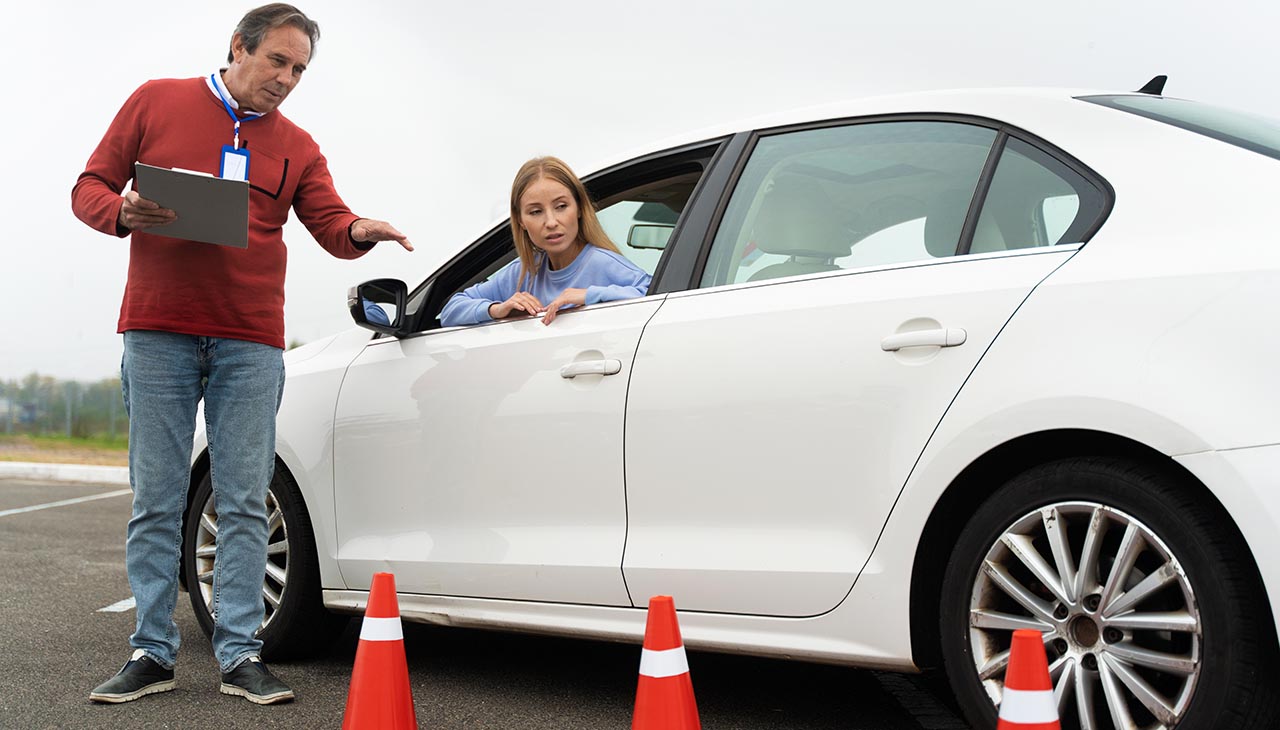Driving in Thailand presents a unique blend of challenges and experiences for drivers, both local and international. The country’s bustling cities, scenic countryside, and the distinctive blend of traditional and modern driving practices make it imperative for anyone behind the wheel to be well-acquainted with local driving etiquette and rules. This guide is designed to provide you with essential insights and tips to navigate the roads of Thailand safely and respectfully, ensuring a pleasant and stress-free driving experience. Whether you are navigating the vibrant streets of Bangkok, exploring the picturesque landscapes of the north, or cruising along the coastlines, understanding the nuances of Thai driving culture is key to enjoying your journey to the fullest.
Traffic Laws and Regulations
Thailand’s traffic laws serve as the backbone of road safety and discipline amongst drivers. Paramount among these laws are the speed limits, which vary depending on the type of road and the area. In urban areas, the speed limit generally ranges from 50 to 80 km/h, while on highways and rural roads, it can be as high as 90 to 120 km/h. Adherence to traffic signals is strictly enforced, with red meaning stop, green for go, and yellow signaling caution, typically indicating the light is about to change to red. The right of way is another critical aspect of Thai traffic regulations. At intersections without traffic signals, vehicles on the right have the right of way. However, this can often be nuanced by the size of the vehicle, with larger vehicles sometimes assuming the right of way regardless. Understanding and respecting these regulations is crucial for a safe and smooth driving experience in Thailand.
Road Signage
Thailand’s road signage is designed to be intuitive, using international symbols and often providing English translations to assist foreign drivers. Speed Limit signs indicate the maximum allowed speed in kilometers per hour and are crucial for maintaining safe driving speeds. Stop signs, marked by a red octagon with the word “STOP,” signal drivers to halt completely before proceeding. Warning signs, typically yellow diamonds, alert drivers to potential hazards ahead such as sharp curves, steep inclines, or pedestrian crossings. No Entry signs, indicating areas where vehicles are not allowed, are round with a white bar across a red background. Familiarity with these signs, along with those indicating U-turns, Parking, and School Zones, enhances safety and compliance on Thai roads, contributing to a smoother travel experience.
Driving Etiquette
In addition to the formal rules of the road, navigating Thai streets smoothly requires understanding a subtler layer of driving etiquette, particularly concerning the use of headlights, overtaking, and merging. While driving in Thailand, using your headlights during daylight hours is not just for visibility during inclement weather, but also serves as a courteous signal to other drivers, especially when overtaking. Speaking of overtaking, it’s common practice in Thailand to signal your intent to the vehicle ahead by flashing your headlights. However, patience and caution are paramount, as the action must be performed safely, ensuring you have clear visibility of oncoming traffic. Merging into traffic, especially in bustling areas, requires a blend of assertiveness and awareness. The unwritten rule of “merge like a zipper” often applies, with vehicles from merging lanes taking turns to enter the main traffic flow. Demonstrating patience and cooperation during these maneuvers not only ensures your safety but also contributes to a more harmonious travel experience on Thai roads.
Dealing with Challenges
Navigating the roads of Thailand can present drivers with a variety of challenges, including heavy traffic congestion, interacting with motorcyclists, and mastering roundabouts. However, with the right approach, these can be managed effectively, ensuring a safe and enjoyable driving experience.
- Navigating Heavy Traffic: Thailand’s cities, especially Bangkok, are notorious for their heavy traffic. To cope, it’s advisable to plan your travels during off-peak hours whenever possible. Using GPS apps can also provide real-time traffic updates and suggest the fastest routes, saving you time and stress. Keeping a safe distance from the vehicle in front of you and maintaining patience can also reduce the risk of accidents in stop-and-go traffic.
- Interacting with Motorcyclists: Motorcycles and scooters are ubiquitous on Thai roads, often zipping through traffic and between lanes. Always check your mirrors and blind spots before changing lanes or making turns, especially in urban areas. Giving motorcyclists space and being predictably cautious can minimize the risk of close encounters.
- Managing Roundabouts: Roundabouts can be confusing for drivers unaccustomed to them, but they are common in Thailand. The key is to approach them slowly, yield to traffic already in the roundabout (which will be coming from your right), and signal your intended exit well in advance. Stay in the appropriate lane within the roundabout for your exit. Remember, vehicles inside the roundabout have the right of way.
Adapting to these challenges requires a combination of vigilance, patience, and respect for fellow road users. By adopting these strategies, you can navigate Thai roads confidently and safely, allowing you to fully appreciate the beauty and vibrancy of Thailand from the driver’s seat.
Safety Tips
When driving in Thailand, prioritizing safety is crucial, not just for yourself but also for your passengers and fellow road users. Here are some essential safety tips to keep in mind:
- Wear Seat Belts: In Thailand, it’s not only a legal requirement for the driver and front-seat passenger to wear seat belts, but it’s also a critical safety measure that can save lives in the event of an accident. Ensure everyone in the vehicle buckles up, regardless of their seating position.
- Use Child Restraints: Children under 135cm must use appropriate child restraints, such as car seats or booster seats, depending on their age and size. This rule is designed to offer extra protection for younger passengers and reduce the risk of injury.
- Practice Defensive Driving: Given the diverse driving behaviors encountered on Thai roads, practicing defensive driving is essential. This means always being aware of your surroundings, anticipating the actions of other drivers, maintaining a safe following distance, and being prepared to react calmly and efficiently to avoid potential hazards.
- Avoid Night Driving: If possible, try to avoid driving at night, especially in rural areas where street lighting may be inadequate, and hazards such as unlit vehicles or animals on the road are more prevalent.
- Stay Hydrated and Rested: Thailand’s tropical climate can be extremely hot, particularly during the dry season, making hydration essential. Additionally, ensure you are well-rested before long drives to avoid fatigue, which can significantly impair your reaction time and attention.
By adhering to these safety tips and maintaining a vigilant and cautious approach to driving, you can significantly enhance your travel experience in Thailand, ensuring that you and your passengers remain safe and secure on the road.

